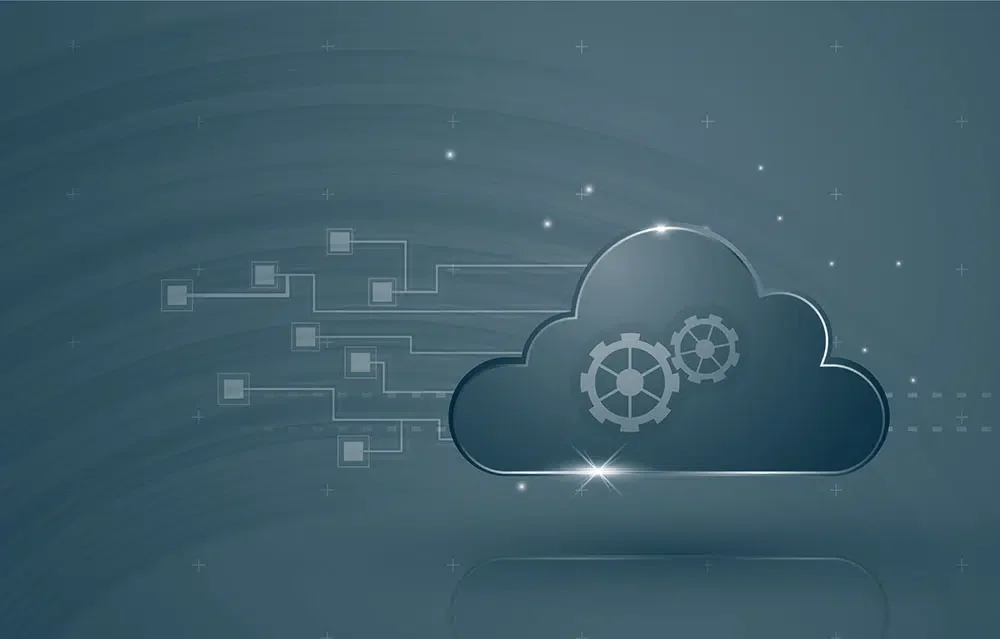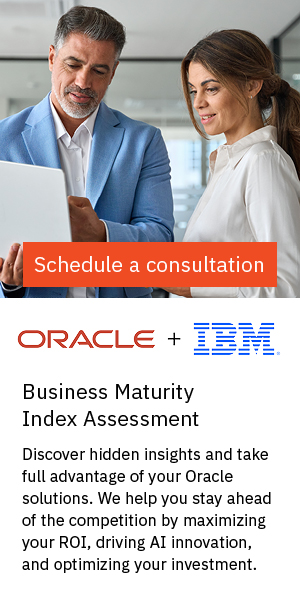It’s safe to say that implementing a cloud-based ERP system will be beneficial for your organization, whether a full public or private cloud option or via a hybrid on-premise and cloud deployment.
Among the proven benefits are lower capital requirements and infrastructure costs over time, faster time to scale and upgrade new functionality, and shorter times to achieving ROI.
However, when your current legacy ERP provider has set a deadline to migrate to the cloud (thanks, SAP), you may feel pressured to make changes or decisions that can have serious repercussions down the road, especially about your data. An integration platform as a service (iPaaS) may be the solution you need.
According to a 2021 Panorama Consulting Group report, IT leaders cited the fear of data loss as the top reason for their wariness to move to the cloud (tied with the risk of a security breach). The same report found that 20 percent of companies reported data issues among the most common causes of missing project milestones and deadlines, second behind organizational issues (26.7 percent) and tied with expansion of project scope (20 percent).
To protect and improve your data, you can start by asking some key questions:
What business outcomes depend on a successful cloud migration? Defining them, you can prioritize and align integrations with revenue and customer goals.
What time pressures are critical for your ERP modernization project? How will this initiative impact customer goals, new product rollouts, and other key corporate milestones that are integral to maintaining and building competitive advantage?
Do you have knowledge of and real-time visibility into cross-cloud processes and data access? You already know how entangled your ERP and legacy applications are, but can you create a roadmap of where your data needs to be across them all?
Answering those questions sure isn’t easy.
How Britvic integrated its data with iPaaS
One Boomi customer, Britvic is a leading soft drinks company that owns Lipton, among other brands. Company leaders knew a digital transformation was necessary to keep its market-leading position among global partners like PepsiCo, especially as competitors were nipping at its heels with newer, more flexible third-party integrations.
The company sought to increase automation in its supply chain processes, speed data movement between internal and third-party systems, and empower partners with more oversight and transparency. However, in addition to upgrading SAP, it also needs to bring along a sprawling infrastructure of more than 140 legacy interfaces and the web of data stores behind each of them.
Rather than a complex, time-consuming, and expensive upgrade of those legacy applications and connections, Britvic chose Boomi’s iPaaS to connect data from the applications, SAP, partners, and other internal IT systems like ADP for payroll and Microsoft Dynamics 365 for digital customer engagement.
Eight months into the modernization work, Britvic cited improved data quality, increased automation to speed customer interactions, and reduced development time upgrading partner and customer interfaces.
And in May 2022, the company reported 18.5 percent higher revenues to support its efforts of “building investment in our people, brands and infrastructure.”
To truly optimize the investment, time, heartache, and pain of a massive ERP upgrade, we suggest using iPaaS. Only by using an iPaaS like the Boomi AtomSphere Platform can you intelligently connect and synchronize data across clouds and on-premises to speed integration, accelerate time to value, and demonstrate tangible business results.






